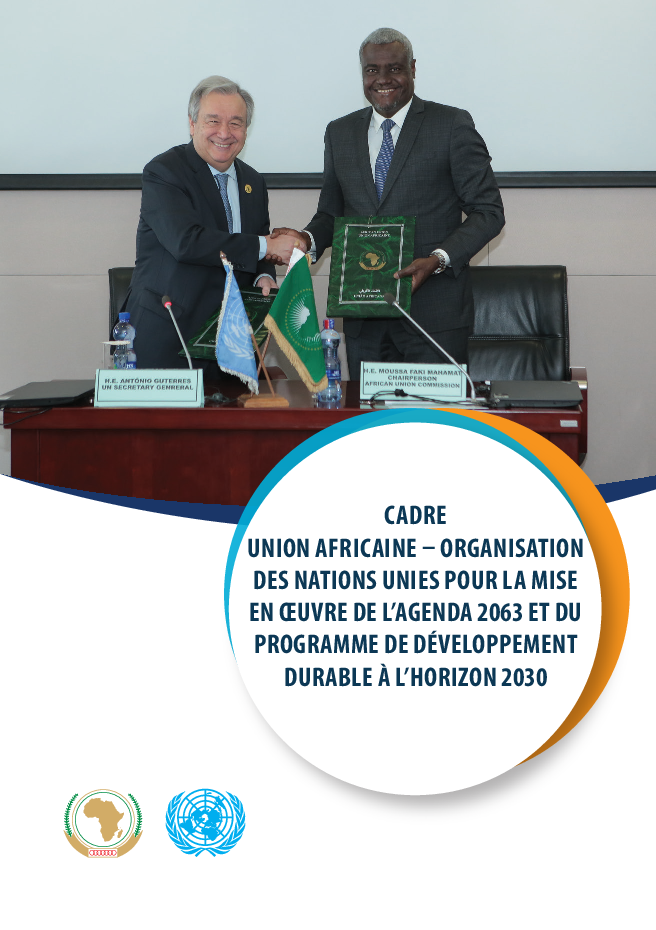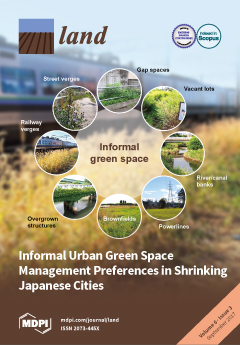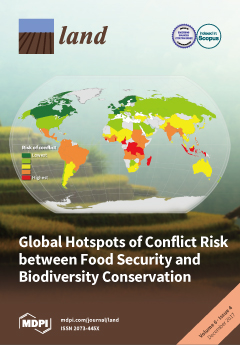Operationalizing a land systems classification for Laos
Land cover data is widely used for the design and monitoring of land use policies despite the incapability of this type of data to represent multiple land uses and land management activities within the same landscape. In this study, we operationalized the concept of land systems for the case of the Lao PDR (Laos). Distinct land systems like shifting cultivation and plantations (land concessions) cannot be fully captured by land cover inventories alone, in spite of their relevance for land use policies.







